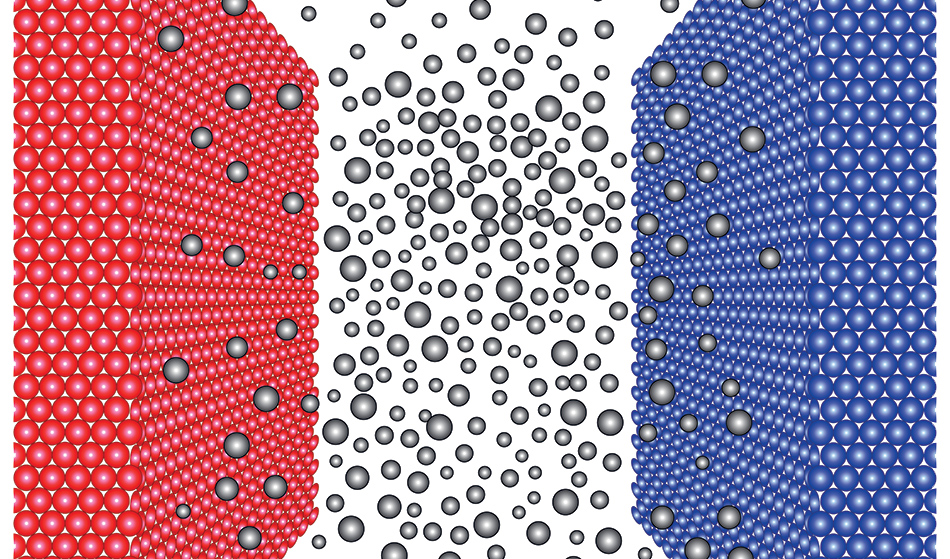Mar 28 2011

Fouad A. Saad / Shutterstock
Thermal diffusivity is a measure of the speed at which heat propagates in a medium by conduction when the temperature varies with time. It is a thermophysical property whose value is directly proportional to the speed of propagation of heat.
The following equation shows the relationship between thermal diffusivity α, thermal conductivity λ, specific heat Cp, and density ρ:
.bmp)
According to the above equation, any short conductive heat transfer inside a medium is influenced by thermal diffusivity. Its dimension is length2/time and its unit is m2/second.
The Flash Method
The most extensively used technique for establishing thermal diffusivity is the flash method. It is quick and offers precise and reproducible results. In this technique, the sample is initially stabilized at a specific temperature T0.
Then, the front face of the sample is irradiated by an immediate, high-energy pulse from a discharge pump or a laser source. The rise in temperature with time, DT(t), on the rear surface of the sample is quantified. The thermal diffusivity can be subsequently calculated from the thermogram.
As heat loss increases, the temperature on the back surface of the sample drops after it reaches a peak. If no heat loss occurs, the sample’s rear surface temperature will reach a peak maximum and remain there for an indefinite period of time.
Original Method by Parker
The original technique of Parker assumes that the sample is isotropic and adiabatic. In this technique, thermal diffusivity is calculated using L, which is the thickness of the sample material, and t½, which is the time taken for the thermogram to reach half of the maximum rise in temperature.
.bmp)
This technique is not extensively applied because it assumes perfect sample conditions. To make it more appropriate for practical experimental conditions, other approaches that factor in non-homogeneous materials, heat losses, finite pulse duration, and non-uniform heating have been devised in the last few years.
Advantages of the Flash Method
The main advantages of the flash method are listed below:
- Measurement can be carried out within a few seconds
- Small sample size—a diameter of 12 mm and a thickness of a few millimeters
- Samples can be tested up to higher temperatures than would otherwise be possible by steady-state techniques
- A broad range (10−3 to 10 cm2/second) of thermal diffusivities can be established using a single device
- Other thermophysical factors such as specific heat and thermal conductivity can also be measured using this technique, under particular conditions
Disadvantages of the Flash Method
Some drawbacks of using the flash method are given below:
- Additional care is required when processing thermograms in the case of porous and non-homogeneous materials.
- Costly instruments are generally required because of the generation of heat pulse, optical detection, and high-speed acquisition of data.